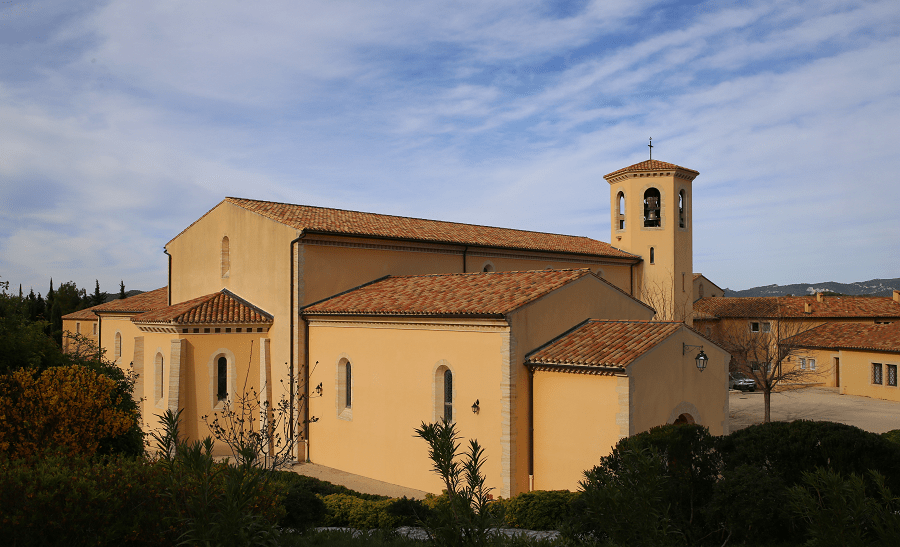The Gran Teatre del Liceu, popularly known as the Liceu, is an opera house located on the Rambla in Barcelona (Spain, Catalonia) and listed as a cultural asset of national interest.
Inaugurated in 1847, it had the largest capacity in Europe during its first hundred years.
Originally, the Liceu occupied the site of the former Trinitaris convent (confiscated in 1835) on the corner of La Rambla and Carrer de Sant Pau. The architect Ignasi de Solà-Morales was in charge of the last extension and reform project, which entailed the expropriation of the adjacent properties and could not be carried out until after the fire of 1994, which devastated the theater room. The reconstruction was carried out by the same architect, in collaboration with Xavier Fabré and Lluís Dilmé, and the new theater was inaugurated in October, 1999.
The theatre is in La Rambla, in downtown Barcelona. The building had only two facades as the other two sides were limited , until 1994, by residential buildings.
Some parts of the first building remain:
- The main facade in la Rambla (1847).
- The hall and the staircase (1861), with a Vallmitjana’s statue of the Music (1901).
- The foyer (Saló de Miralls or Mirrors Hall) (1847), which displays romantic ornamentation with round paintings of musicians, singers and dancers from that time of Pasta, Rubini, Donizetti, Bellini, Gluck and Marie Taglioni. It was partially redecorated, by Elies Rogent, in 1877; the roof painting, with the Parnassus, is from this period.
At present, the Liceu is both a receiving and producing house, with two or three new productions staged each year.
The Liceu company consists of a permanent orchestra and choir and some singers for the supporting roles. Leading roles are usually sung by guests. Stage sets are, in part, produced internally by the theatre (alone or together with other opera houses) and also rented from other external houses. Until the 1990s, Liceu had its own ballet company that was at its best in the 1920–1930s, under Joan Magriñà.
Most of the performed operas were from the Italian and German schools of the 19th century: Verdi, Wagner and Belcanto; in more recent times, Puccini, Richard Strauss and Mozart.
Nearest Barcelona Metro: Liceu (on L3).
Address: La Rambla, 59, Ciutat Vella, 08002 Barcelona, Spain
Capacity: 2,292 seats
Architect: Miquel Garriga i Roca (1847); Josep Oriol Mestres (1862); Ignasi de Solà-Morales (1999)
Opened: April 4, 1847
Function: Opera House
Phone: +34 934 85 99 13
Opening hours: The box office is open Monday to Friday weekdays from 10am to 7pm // Saturdays from 10am to 2pm (performance days open until the start of the performance) // Sundays and public holidays closed.
Barcelona full guide
Barcelona theaters and entertainment
Barcelona FC and sport infrastructure
Barcelona administrative division
See also Catalan travel guide
See also Pyrenees travel guide
See also France travel guide
See also Spain travel guide














